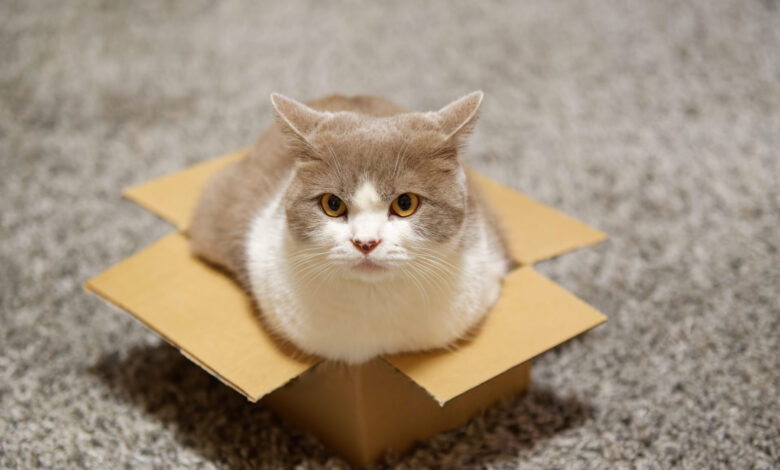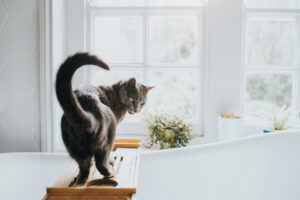Cats
12 Common Cat Behaviors Finally Explained


A cat’s tail is a powerful communication tool. Understanding the nuances of tail positions and movements can provide insights into your cat’s mood. A raised tail indicates happiness, while a puffed-up tail signals fear or agitation.
